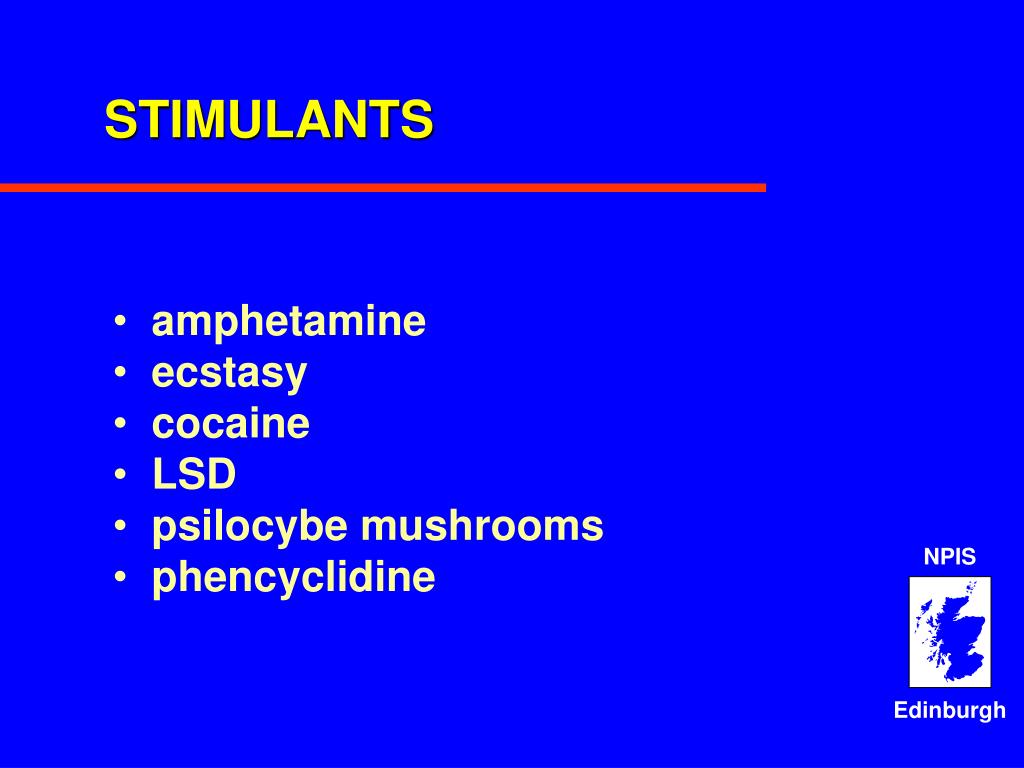


However, there is inconsistency on whether this rapid resolution of the INR results in improved hemostatic efficacy or clinical outcomes. Several studies have demonstrated that PCC infusion results in more rapid and complete reversal of the INR as compared to use of FFP for VKA-related bleeding. 1-5 Generally, a goal INR of ≤1.3-1.5, depending on the site of the bleed, is targeted. To achieve that goal, administer vitamin K 10 mg intravenously along with prothrombin complex concentrate (PCC) or fresh frozen plasma (FFP) to achieve a sustained reduction of the international normalized ratio (INR). In the setting of a life-threatening bleed related to vitamin K antagonist (VKA) use, rapid reversal of the VKA drug effects and replenishing clotting factors is a priority. Management of Vitamin K Antagonist-related Bleeding The decision to restart the anticoagulant after bleeding has been controlled may differ based on indication, and is summarized in the final paragraph of this review. But the strategies for reversal differ based on the specific anticoagulant, as detailed in the next two paragraphs. The decision to reverse an anticoagulant is largely the same for patients with atrial fibrillation and venous thromboembolism. Ultimately, the decision to reverse an anticoagulant should be made based on the location of bleeding, time since last use of the anticoagulant, and patient's hemodynamic stability. Transfusion of blood products may be needed for more significant bleeding events. Local measures, such as manual compression, can be useful in the case of skin-bleeds and epistaxis. The first step in managing any significant bleeding event is to temporarily stop using the anticoagulant. 1 To assess the severity of an anticoagulant-related bleeding event, clinicians should identify the source (if possible) and location of bleeding, evaluate laboratory studies (including blood counts and coagulation studies), and closely monitor vital signs. However, the majority of bleeding events are not life threatening and can be managed conservatively. Bleeding is a common side effect of anticoagulant use.


 0 kommentar(er)
0 kommentar(er)
